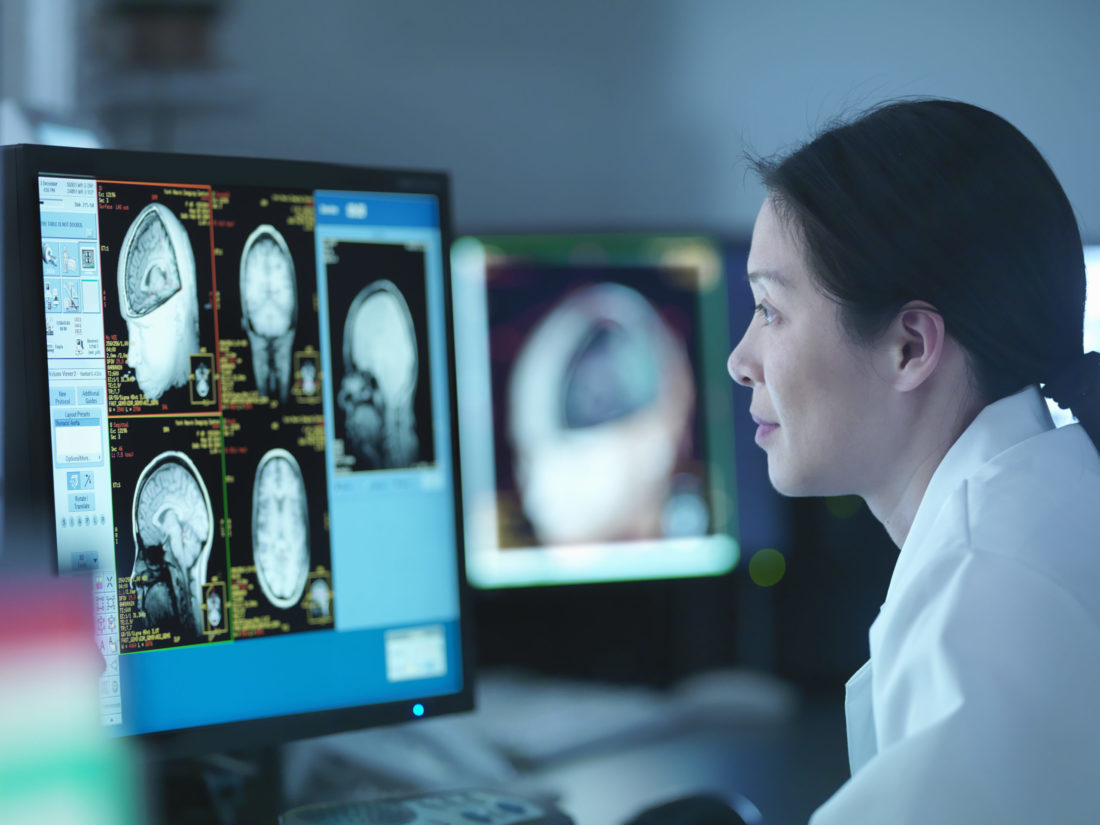After what feels like an extraordinarily long two years, we are genuinely thrilled for the chance to reconnect with our radiology colleagues at RSNA 2021. The anticipation of being able to meet both virtually and in-person, and this year’s theme of “Redefining Radiology,” reflects the profound changes that we’ve all experienced, as well as the opportunities ahead. It’s also appropriate that the meeting comes immediately after the U.S. Thanksgiving holiday so we can we recognize the hard work and sacrifices of our colleagues worldwide that in many ways made it possible for us to gather.
Every year, the RSNA annual meeting provides exceptional opportunities to learn about emerging technologies, renew and expand our professional networks, and be challenged and inspired by the talented members of the radiology community. That’s especially true this year when we can reconnect in-person after a two-year hiatus, while still taking full advantage of the virtual meeting technologies which have become familiar, everyday essentials.
Our awareness of the simple satisfaction of being able to interact in-person again reminds us to express our deep gratitude to the radiologists and healthcare professionals worldwide who worked in incredibly difficult conditions to battle the virus and deliver care. In many ways their efforts made it possible for us to meet in Chicago this year. This year’s theme, “Redefining Radiology,” also reflects the profound changes of the past two years while pointing the way forward and highlighting the importance of healthcare’s Quadruple Aim of reducing costs; improving population health, patient experience, and team well-being—and productivity.
Long-standing challenges related to radiologist workloads and burnout have grown since the start of the pandemic. Imaging volumes, which plunged at the onset of the pandemic, have ballooned as patients resume screenings, follow-up, and other imaging studies that were postponed or canceled. Radiologists must now do roughly 20% more work in the same amount of time while maintaining quality and accuracy. New challenges also have arisen, especially around remote work and collaboration. Many radiologists are managing workloads and reading and reporting on their own without the easy ability to confer or chat collegially with other radiologists across the room or the coordinator down the hall.
But upsides and new opportunities are emerging. They’re coming from the technologies and practices adopted in response to the pandemic, such as the increased use of teleradiology. Newer cloud-connected reporting systems like Nuance PowerScribe One also have expanded tools for remote reading and dictation, clinical decision support, and team communication within regular workflows.
Adoption of workflow-integrated AI models is accelerating as a result of growing experience with the clinical and practical benefits of AI use cases, including some developed in response to the pandemic. Growth is being driven by multiple players including AI developers, radiology IT vendors like Nuance, and other imaging stakeholders. For example, medical device manufacturers are collaborating with developers and specialist providers to use AI model output and radiologist findings to identify patients eligible for new, surgically implanted precision treatments. CMS are adding reimbursements for various clinical use cases of AI, and private payers are using AI-powered analytics to offer value-based incentives for radiology practices with documented expertise in specific conditions and imaging modalities that contribute to positive patient outcomes.
Those challenges and opportunities are examples of how the pandemic is shifting perspectives and driving innovations that are, in fact, “redefining radiology.” That encompasses more than just overcoming the factors that have been “crushing professional fulfillment.” Radiologists are comprehensively exploring meaningful and sustainable ways to improve work-and-life balance while practicing and advancing the science of diagnostic imaging and the art of medicine. Technologies like AI and the cloud that improve radiology workflows with real-time intelligence, task automation, structured reporting, system interoperability, and other diagnostic imaging innovations, are playing a central role in that that effort.
The road ahead is promising, and I am looking forward to continuing this conversation in Chicago, and in the months and years to come.







